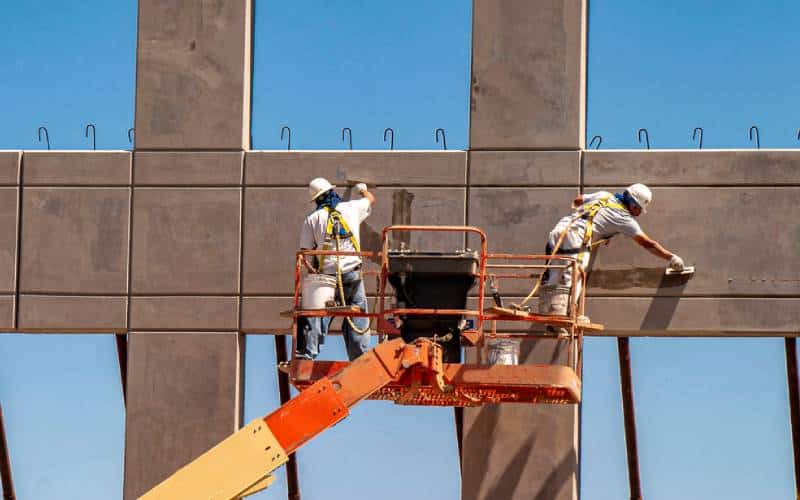A Comprehensive Guide to Manlift Safety Procedures
Manlifts are essential in the construction sector because they allow workers to reach heights safely. But the most important thing is to make sure the people using manlifts are safe. Now let’s dig into an extensive guide on manlift safety protocols, to ensure safety of the people operating them.
Pre-Operational Checks
Before using a manlift, always conduct thorough pre-operational checks. Ensure that all components, including controls, safety features, and emergency systems, are in proper working condition. Any signs of wear or damage should be reported and addressed promptly.
Proper Training
Ensure that operators undergo comprehensive training on manlift safety and how to operate it diligently. Training should cover basic controls, emergency procedures, and the importance of maintaining a stable platform while elevated. Only certified and trained individuals should operate manlifts.
Inspection and Maintenance
Regular inspection and maintenance are crucial for keeping manlifts in optimal condition. This includes checking hydraulic systems, cables, and structural components. Any defects or malfunctions should be repaired by qualified technicians before use.
Personal Protective Equipment (PPE)
All operators must wear appropriate PPE, including hard hats, safety harnesses, and non-slip footwear. These measures provide an additional layer of protection in case of accidents or falls.
Weather Conditions
Consider the weather conditions before operating a manlift. High winds, rain, or storms can pose serious risks. To prevent accidents, it’s important to refrain from using manlifts in adverse weather conditions.
Load Capacity Awareness
Manlifts have specific load capacity limits. Always adhere to these limits and ensure that operators are aware of the weight restrictions. Overloading a manlift can lead to instability and accidents.
Secure Work Area
Before elevating the manlift, ensure the work area is secure. Clear the space of obstacles, debris, or any potential hazards. Additionally, communicate with other workers in the vicinity to avoid accidents caused by unexpected movements.
Emergency Procedures
Operators must be well-versed in emergency procedures. This includes knowledge of the emergency lowering system, how to handle power failures and the correct usage of safety features such as emergency stops and descent controls.
Safe Entry and Exit
Proper entry and exit procedures are often overlooked. Operators should only enter or exit the manlift when it is securely positioned on a stable surface. Rushing this process can lead to slips, trips, or falls.
Communication
Clear communication between operators and ground personnel is essential. Use designated hand signals or communication devices to convey instructions effectively. This helps prevent misunderstandings that could lead to accidents.
In conclusion, prioritizing safety in manlift operations is non-negotiable. By following these simple yet critical guidelines, we can minimize the risks associated with working at heights. Remember, the well-being of everyone involved is the top priority.
For hassle-free access to reliable manlift rental and other heavy equipment in the UAE, consider Safest Lift, a trusted heavy equipment rental company. Rent machines from us with confidence, knowing that safety is our foremost concern.



